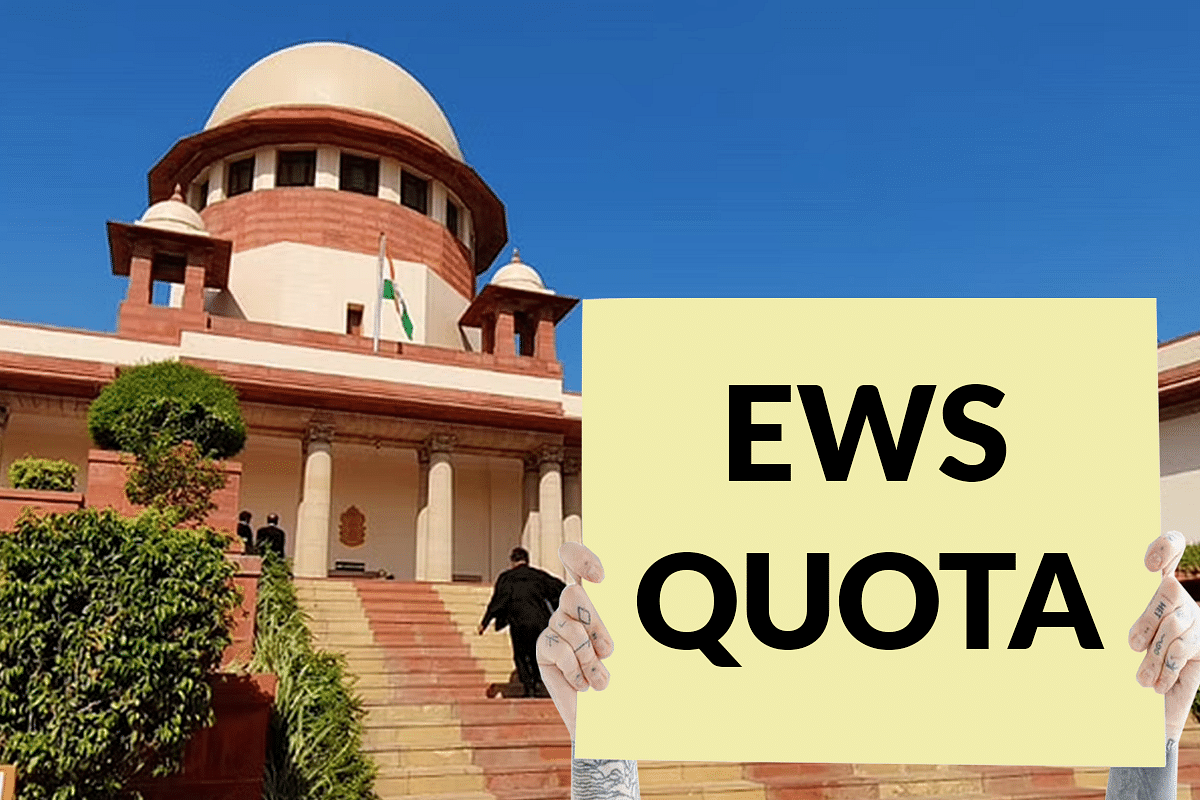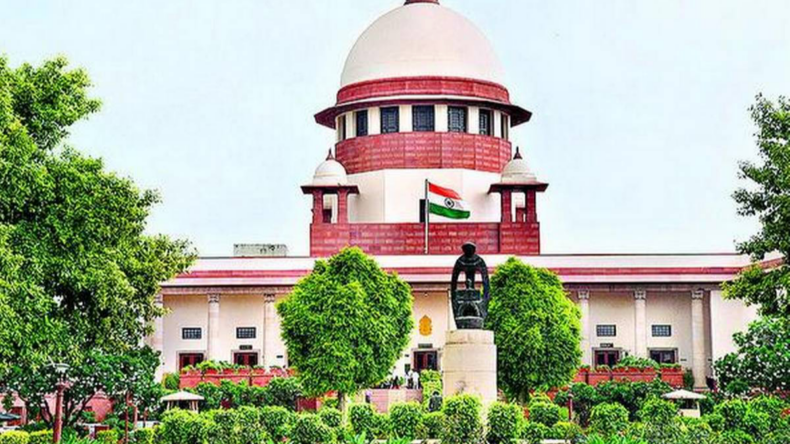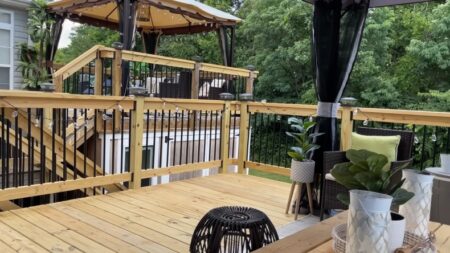The Supreme Court asked for explanations from the central government on the criteria of the annual income of INR 8 lakh adopted by the GOI for Economically weaker section quota [EWS]
The Supreme Court made it sure to be noticed that the income limit in the criteria for determination of the creamy layer. The Supreme Court also asked if it would be arbitrary to accept the same income limit for both categories.
A bench comprising Justice DY Chandrachud, Justice BV Nagrathna and Justice Vikram Nath asked saying that the creamy layer in the Other Backward cases [OBC] category is recognized for not including a division of community that has: economically progressed” to such an extent that the backwardness of the community reduces, the Economically Weaker Section [EWS] category is identified to consist of the section which is poorer when compared to the rest of the community.
The Justices made forth some points regarding the same, saying the income criterion in respect of the OBC category is intended to exclude a class. In contrast, in the case of the EWS category is designed for inclusion.

The second point is as follows: The OBC category is socially and educationally backwards. Hence, it has supplementary obstacles to prevail over compared to those belonging in the general category. It will be arbitrary to provide the same income limit for both OBC and EWS categories in these situations.
These questions were raised by the Supreme Court on petitions challenging the Central Governments decision to introduce EWS reservation in the All India quota for medical admissions through the National Entrance cum Eligibility Test [NEET].
The Supreme Court raised queries
The Supreme Court asked whether the central government took exercise before arriving at the criterion for determining the EWS category. It also questioned whether the EWS category is overinclusive and whether the income limit in the benchmark for determining the creamy layer of the OBC and EWS category is the same.
Whether the difference in the GDP/per capita income of different states has been accounted for while arriving at the 8 lakh limit.
The bench also added whether the differences in the purchasing power between the rural and the urban areas had been accounted for while setting up the income limit.
According to the notice of the Central government, the families who have lower income than eight lakhs should be ruled out of the category if the family holds assets which are 5 acres of agricultural land, the residential plot of 100 square yards or above and a residential flat of 1000 square kilometre and above.

More observations were put forth where the Supreme Court asked on what base was the asset exception undertaken and asked the reason for why the residential flat criterion did not differentiate between metropolitan and non-metropolitan areas and whether the municipalities as required under the exception were notified or not.
The Supreme Court said that it must be told of the nature of exercise assumed while deciding on the income criterion for the EWS category.
It made sure that the explanation of Article 15[6], which was set up as a result of the 103rd constitutional amendment in 2019, articulates that Article 15[6] and Article 16[6] had the rationale the economically weaker section [EWS] shall be such as many notified by the government for a time, taking the base of family income and other indicators of economic disadvantage.
The Supreme Court concluded that the Central Government needed to unveil before the Supreme Court that the nature of exercise undertaken to categorize the economically weaker section as mandated by the provisions of the explanation of Article 15.
Watch Video:













